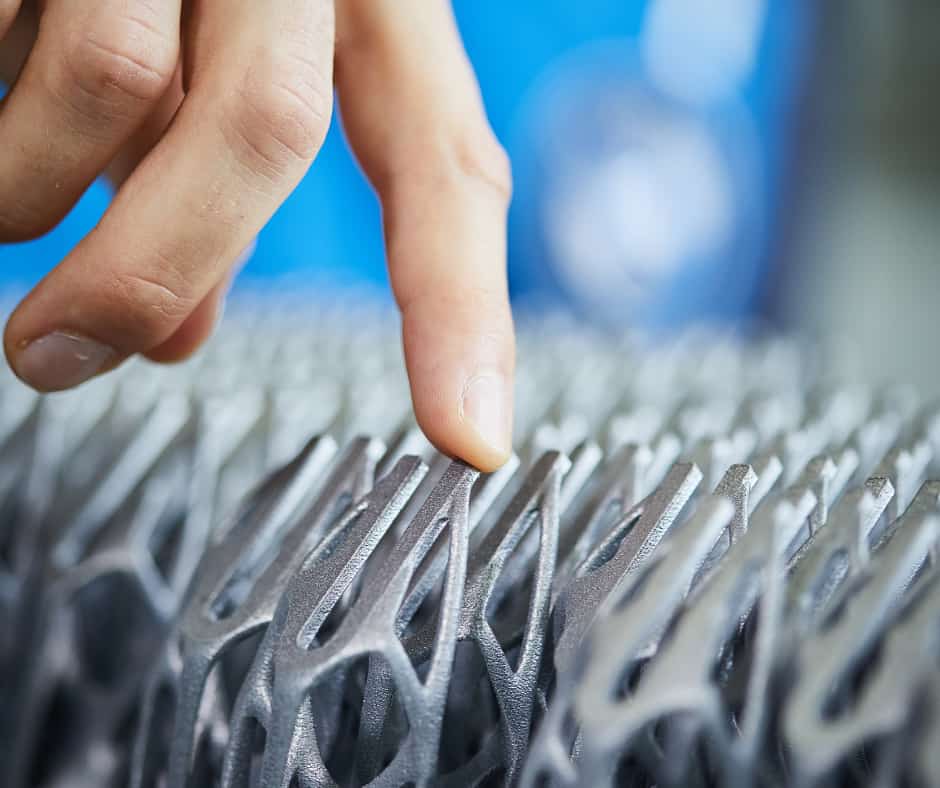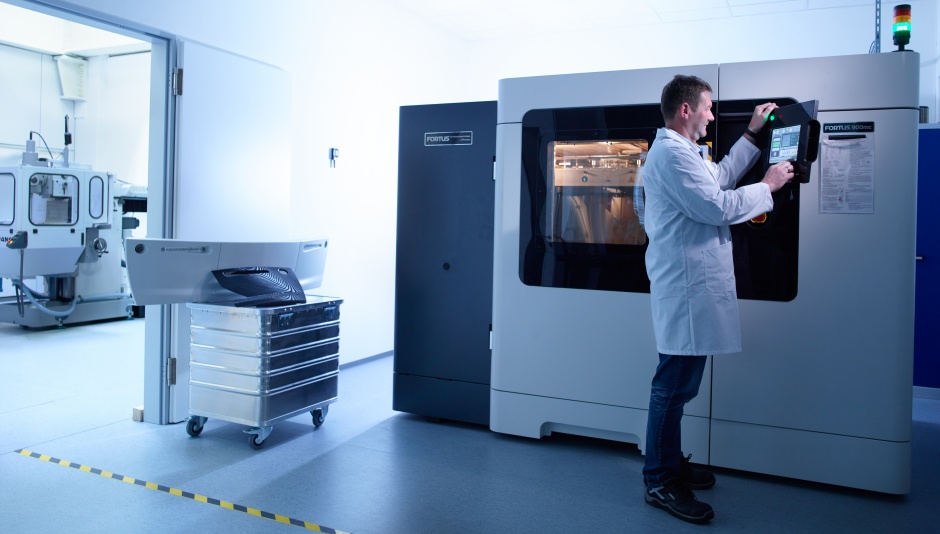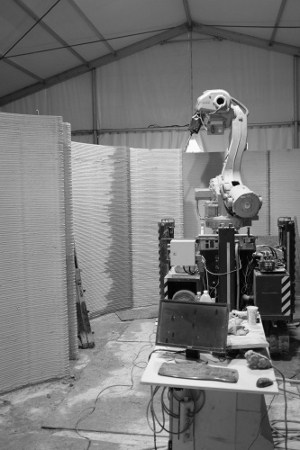Additive Manufacturing has played a key role in enabling rapid prototyping across many industries for decades, and while the hype around the consumer-focused 3D Printing ‘revolution’ a few years ago reminded us that the technology is by no means a panacea, there is still demand for innovation and new areas of growth in AM. Rather than backing over-hyped promises based on the myth of ‘plug and play’ 3D printing, investment in AM needs to support developments with a clear impact and business case – ideas and innovations for viable applications yielding compelling business benefits and a clear competitive advantage.

To bridge the ‘valley of death’ between research and industry – a gap that is especially wide in AM – entrepreneurs and organisations need to be challenged to view innovation from a business perspective to ensure that there is a compelling case to support the necessary investment in technology, equipment and skills development. While we take risks in funding our projects, Innovate UK’s assessment process ensures that only the teams that best demonstrate that they have a strong knowledge base, that there is a viable and large enough market need and that the timing is right for their business propositions are awarded grant funding to turn their ideas into new products and often into new businesses, as well.
One area in AM that currently demands further business-led innovation is in transforming the costly and still largely manual post-production processes associated with the technology, such as removing surplus powder and support structures, or final inspection and test. This cumbersome process was tolerable for one-off prototyping where cost was relatively unimportant, but for production applications it’s a different story. It’s no secret that post-processing costs can be a huge barrier to adoption, especially when it comes to creating end-use components for production runs of hundreds or thousands. The time and expense required to, quite literally, smooth out the rough edges on AM-produced parts is often prohibitive has proved to be the downfall of many a business case for the technology. By funding projects aimed at speeding up this process through automation, we’re already seeing new approaches that we hope will make AM more accessible and viable for a wider range of business and industries to use for direct manufacturing.
For example – one project consortium is developing an automated production cell in which a robot receives the AM-produced part and passes it through one or more automated finishing processes based on software instructions it gets directly from the component’s design specifications. This speeds up the process, removes the need for costly and potentially inconsistent manual bench work and ensures that the required finishing processes are properly considered from the start at the component design stage. The heart of the innovation is as much about understanding the basic mechanisms and chemistries of surface roughness and finishing as it is about developing specifications, hardware and software for automation.

Post-processing is not the only area with room for business innovation in AM. Traditionally, AM production has been limited to machine size. Even as the technology improves and machines get larger, the bigger the build envelope, the costlier AM becomes. This limits the viability of fabricating larger structures with AM, constraining the applications to relatively small components – dimensioned in millimetres and centimetres rather than metres. A number of projects we’re funding at the moment are working to increase the scale of AM with the goal of using the technology to fabricate larger structures – more than a metre in length, without breaking the bank.
It may be a few years before AM becomes more of a mainstay for the construction industry, but the innovation and investment happening now is already helping to drive this. Between increasing its size and scale capabilities and developing its ability to produce concrete and other structural materials, it won’t be long before AM is transforming building processes. We are funding several AM projects in the construction area, ranging from high performance structures for wall panels, to large fabrication techniques including the accurate, automated pouring - or more correctly termed “deposition” - of concrete for creating large structural members in their final shape without the need for pre-fabricated moulding boards.

And ditto with electronics. While multi-functional AM is still mainly the reserve of academic research, we’re already seeing entrepreneurs tackle printable electronics. They are well on their way to developing commercially viable components with electrical conducting properties embedded during the printing process, with potential use in medical devices, wiring harnesses and a whole range of industrial sensor applications.
As AM continues to evolve beyond its roots as a prototyping technology into a viable and cost-effective means of direct manufacturing, its business case continues to gain strength. While there are increasingly attractive opportunities for immediate growth in health and medical applications, aerospace and industrial equipment, business-led innovation is also taking AM into new areas including construction, consumer goods and electronics.
AM’s business impact is increasing. It is disrupting supply chains and helping companies to create better, higher performing products as well as spawning a raft of specialised hardware, software, consulting and business services – all of which are supporting the economy and shrinking the infamous gap between research and industry.
Robin Wilson - Innovation Lead for High Value Manufacturing, Innovate UK
Are you interested in learning more about Business Innovation in AM and Innovate UK’s latest projects in additive? Join Robin and selected project leads at Additive International’s pre-conference day on 10th July: https://www.additiveinternational.com/










Water Sector Talent Exodus Could Cripple The Sector
Well let´s do a little experiment. My last (10.4.25) half-yearly water/waste water bill from Severn Trent was £98.29. How much does not-for-profit Dŵr...